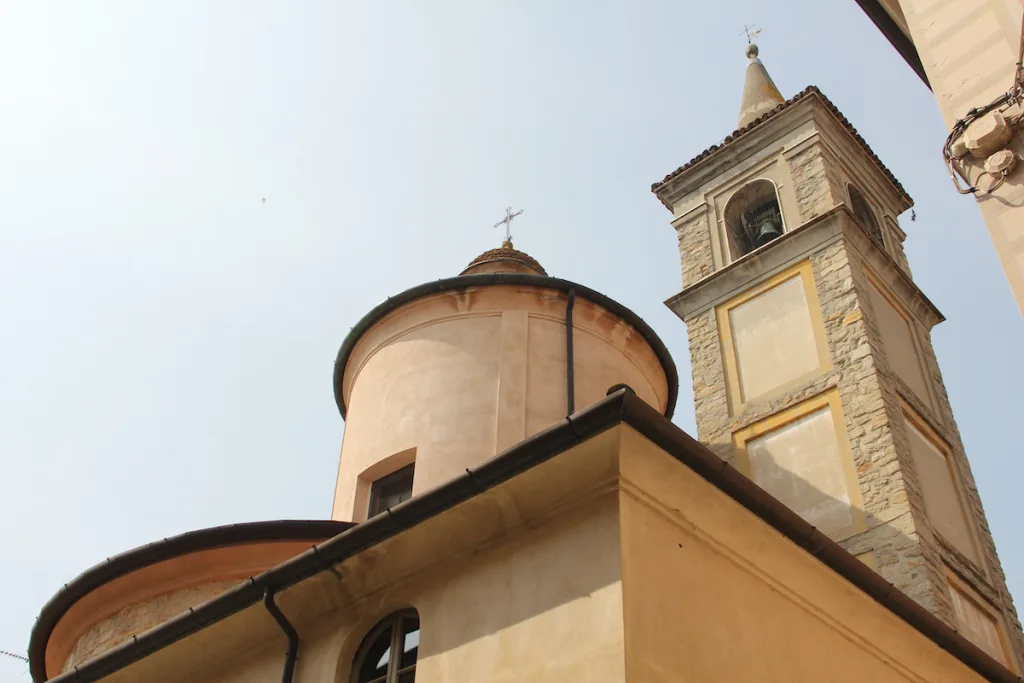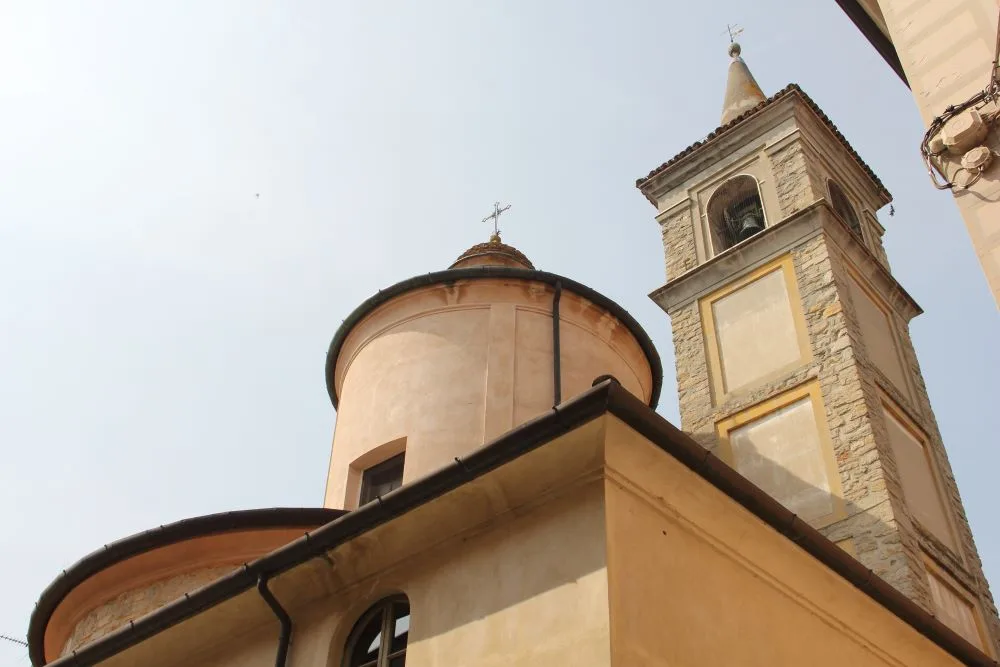The Oratorio dei Bianchi and the Oratorio dei Rossi are two precious testimonies to the art and spirituality that characterise Varzi, a medieval town. Both buildings represent a historical and cultural heritage of inestimable value for Varzi. Tangible evidence of a past of faith and religious tradition that has shaped the community's identity.
Oratory of the Whites
The Oratory of the Whites, so called because of the colour of the cape worn by the Confraternity of the Banner, has an ancient history dating back to the time of the Order of the Recommended of Saint Mary. This congregation was also known as 'battuti' because of their practice of public self-flagellation during times of penance. Work on the construction of the Oratory of the Whites began in 1636 and took ten years to complete.

A small cathedral
Despite its modest size, the interior of the Oratory has a Greek-cross plan, imitating large cathedrals, and a beautiful dome. There are three altars inside, the most precious and distinguishing feature of the Oratory being the high altar, made of polychrome marble in the Baroque style, which adds a touch of refinement to the entire building. The altar is adorned with a niche containing a wooden statue of the 'Madonna of the Assumption'.
On either side of the high altar are two oil paintings. One depicts the Blessed Virgin of Sorrows, a symbol of suffering and compassion, while the other portrays St Anne, the patron saint of women in labour.

The façade of the Oratory of the Whites is characterised by two square tiles flanking the stone portal. Above the portal is a medallion with the coat of arms of the Confraternity of the Gonfalone, testifying to its membership and historical importance. The Oratory is located in Via Di Dentro, nestled in the heart of Varzi.
The origins of the confraternity
The Oratory of the Gonfalone, located in the parish of San Germano in Varzi, is where the Confraternity of the Whites originated, officially registered in 1673 during the diocesan synod of Bishop Settala. The name 'Oratorio dei Bianchi' derives from the fact that the members of the confraternity wore a white cape, which became their distinctive symbol.
The Oratory of the Reds and the Guardian Angel
The Oratorio dei Rossi owes its name to the Confraternity of the Holy Trinity of Saints Roch and Sebastian. It was also built in 1636, in Via Di Dentro, and is easily recognisable for its bell tower, which some people like to call the "Varzi lighthouse".
It has a single nave. Inside there is a precious wooden statue of the Guardian Angel dated 1648, sculpted by Antonio Perico of Milan and gilded by Ambrogio Giussano of Pavia.
In addition to the statue of the Guardian Angel, the Oratorio dei Rossi houses other works of particular value, such as the 15th century walnut choir, which gives the space a touch of antique beauty. The sacristy contains some wooden furniture of great artistic and historical value.
To the right of the altar, an ancient table bears the names of the members of the Brotherhood, a reminder of the importance and commitment of the faithful who have contributed to the life and history of the church over the centuries.

The Baroque high altar of the Oratorio dei Rossi is made of black marble and is flanked by a balustrade of the same material. The church also houses a canvas by the Cremonese painter Coriolano Malagavazzo (1570) depicting the Annunciation.
The house next to the church once belonged to the members of the confraternity and was used as a pilgrims' hospice. Architecturally, the Chiesa dei Rossi is an original example of the Lombard style of the 18th century, with a Renaissance perspective and a stone façade. Recently restored, the church has a slender and striking neoclassical bell tower.










